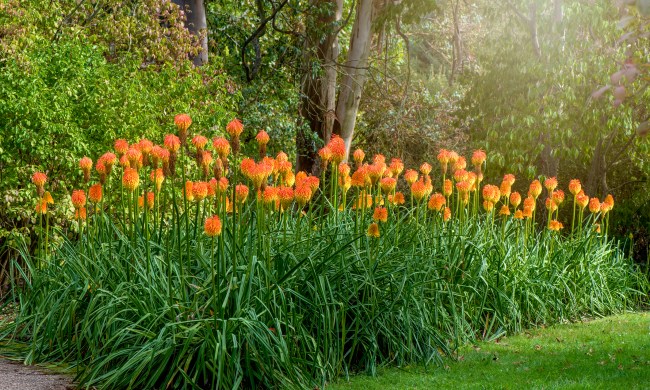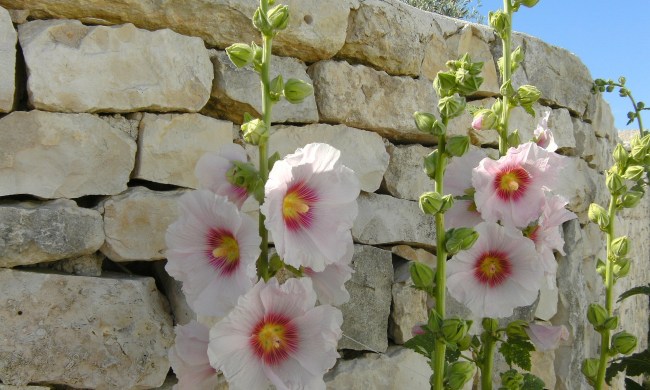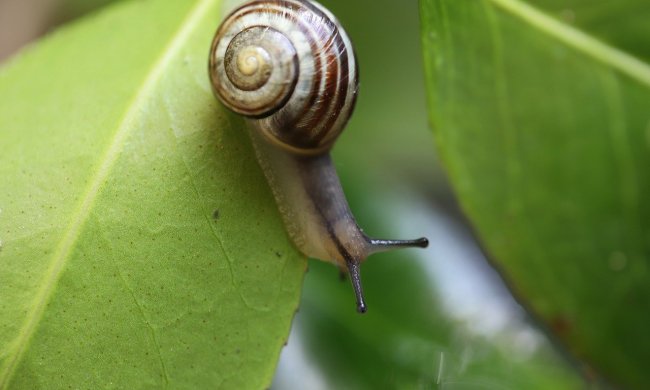Bleeding heart flowers are uniquely stunning, but growing them can be tricky. They get their name from their unique flowers, which dangle off each branch. The flower has a heart-shaped top, with a smaller droplet shape beneath that, giving the plant the appearance of a row of bleeding hearts. If you want to try growing these gorgeous pink flowers in your garden, we’ll show you how. Here’s everything you need to know about growing and caring for bleeding heart flowers.
Planting bleeding heart flowers

Start by choosing a planting site in partial shade and well-draining soil. Direct sunlight can burn delicate bleeding heart flowers, especially in hot climates or during the hottest part of the day. In cooler climates, bleeding heart flowers can withstand more sun, but getting the balance right can take some trial and error. In general, aim for morning sun and afternoon shade. Well-draining soil is important as well, since bleeding heart flowers have sensitive roots. They can develop root rot or crown rot if left in standing water.
Be sure your bleeding heart flowers have plenty of room to grow. They can grow to 1 foot tall and 3 feet wide, so space them accordingly. Avoid planting your bleeding heart flowers too deeply. The crown, or the place where the stem and roots meet, should not be more than 2 inches deep, with small or miniature varieties being planted 1 inch deep.
Bleeding heart flower care

After planting, you’ll need to decide if you want to trellis your bleeding heart flower or not. If you want to trellis it, it’s a good idea to choose your trellis and put it in place early, so that as soon as the plant begins to grow, you can train the vines. If you don’t want to trellis it, you’ll need to prune the plant. After it flowers, pinch or cut the vines back to roughly 1 foot long. Regular pruning will encourage your bleeding heart flower to grow wider and bushier, rather than tall.
Keep the soil moist, but not soggy, throughout the growing season. Roughly an inch of water per week is enough to keep your bleeding heart flower healthy. If you begin to notice wilted or drooping leaves or branches, this can be a sign of overwatering or underwatering, so check the soil.
In areas with strong wind, provide a windbreak for your bleeding heart flowers. Apply a balanced fertilizer in early spring to give your bleeding heart flower the boost it needs to grow and bloom.
Are bleeding heart flowers poisonous?

Bleeding heart flowers are poisonous to both pets and humans, so be sure to keep yours out of reach of any pets or children in your home. All parts of the plant are poisonous, not just the flowers. However, due to their cute shape and bright colors, children and pets may be drawn to the flowers in particular and attempt to play with or eat them. Seek medical attention if this happens. Symptoms of bleeding heart poisoning include an upset stomach, difficulty breathing, and even convulsions, so medical attention is necessary!
In addition to being dangerous to eat, bleeding heart flowers are unpleasant to touch. The plant can cause skin irritation when touched, so be sure to handle it carefully and wear skin protection such as gloves and long sleeves.
Are bleeding heart flowers annuals or perennials?

Good news — bleeding heart flowers are perennials in USDA hardiness zones 3 to 9. Outside of these zones, you can grow your bleeding heart flowers as annuals or try growing them in containers. While some gardeners find it more difficult to grow them indoors, it is possible with patience and dedication. Be careful when planting that the container is large enough to support the plant and its roots without burying the crown too deeply.
Use rich, well-draining potting soil and position it in bright, indirect light. If you want to move your bleeding heart flowers outdoors in the warm weather and indoors when it is cold, do so carefully to avoid temperature shock. Finally, remember to keep your bleeding heart flowers out of reach of pets or children.
Now that you understand bleeding heart flowers a little bit better, you’re ready to try adding these stunning flowers to your home or garden. If your first attempt doesn’t go to plan, don’t panic! Try again, and before long, you’ll get the hang of it. Soon enough, you’ll have more gorgeous heart-shaped flowers than you know what to do with. Patience and practice are key when growing bleeding heart flowers, so keep at it.




